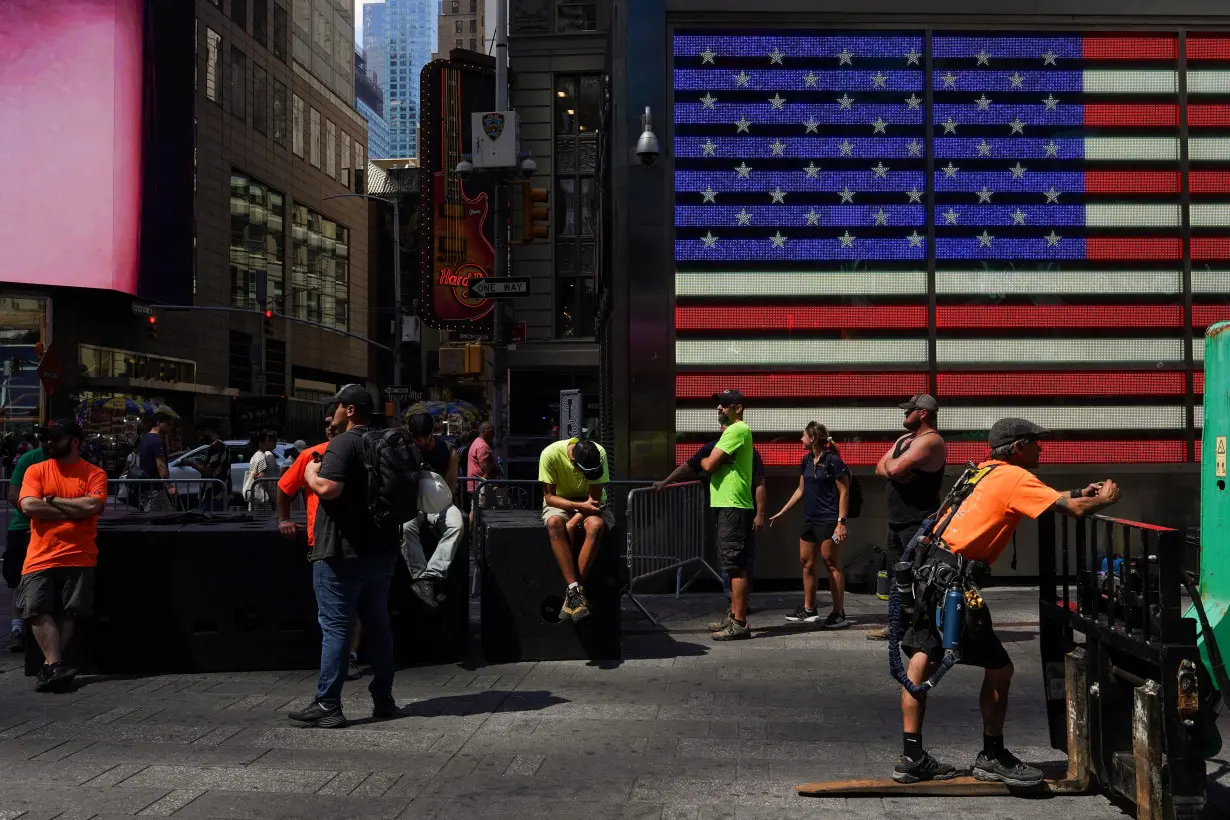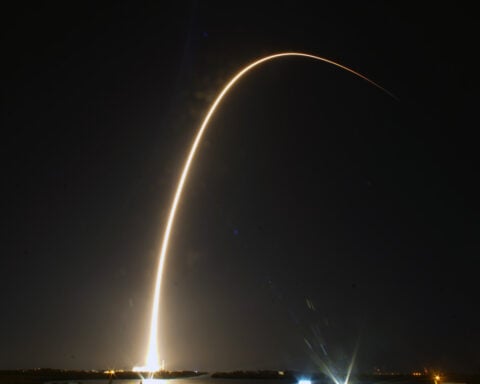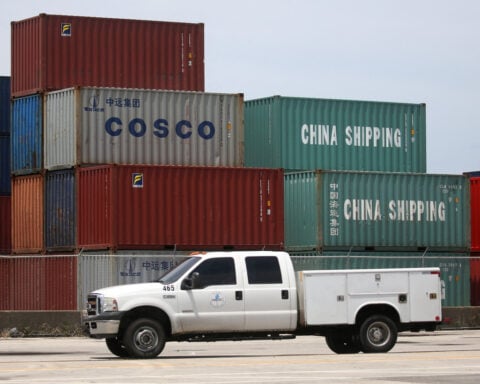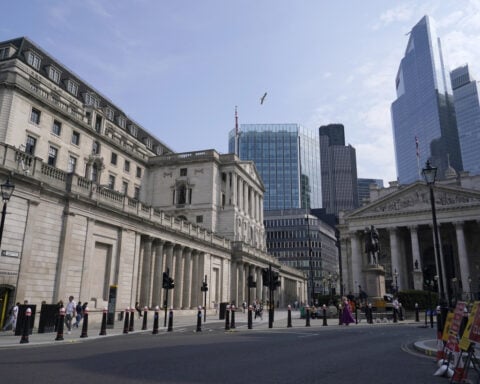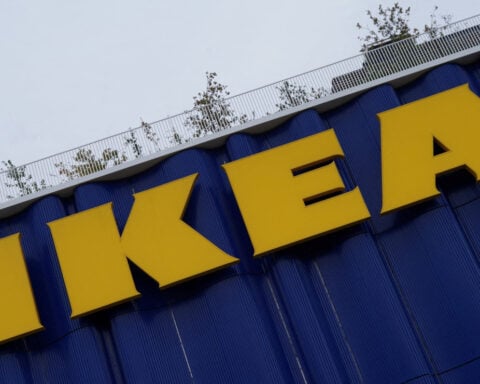By Daniel Wiessner
(Reuters) - The Biden administration on Tuesday unveiled a long-awaited proposal that would require many U.S. employers to protect 36 million workers from extreme heat.
The proposed rule from the U.S. Occupational Safety and Health Administration (OSHA), which enforces workplace safety laws, would require employers to provide workers with water and shaded or air-conditioned areas to take breaks when temperatures at indoor or outdoor work sites reach 80 degrees Fahrenheit (27 degrees Celsius).
At 90 F, workers would be guaranteed 15-minute breaks every two hours and employers would be required to monitor workers for heat-related illness. When businesses hire new employees, the rule would mandate that their workload gradually increases to allow them to adjust to high temperatures.
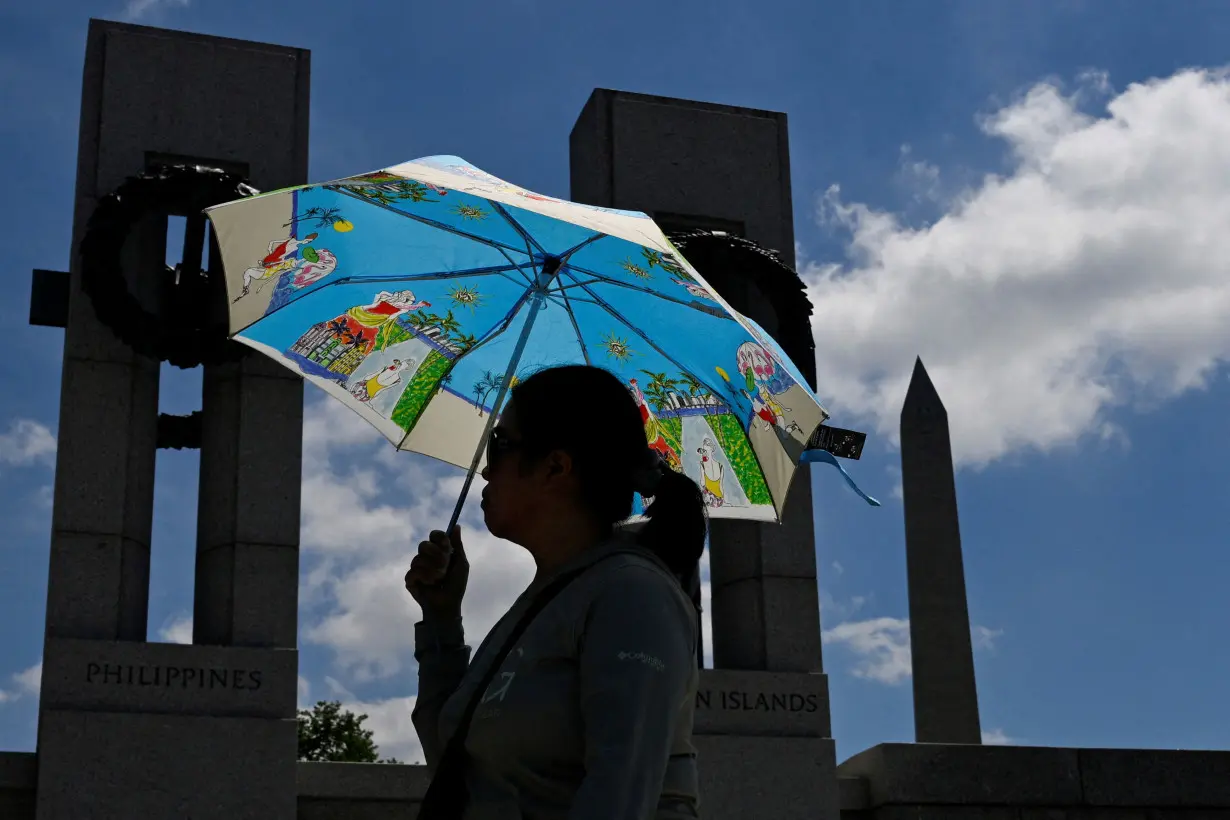
Private employers already have a "general duty" to maintain safe workplaces, which can include addressing heat-related hazards. But Tuesday's proposal would for the first time establish specific protections from heat exposure, opening the door for OSHA to fine employers who flout the rule.
If finalized, the regulation will almost certainly face lawsuits from businesses and trade groups. Those challenges could be bolstered by a ruling issued last week by the U.S. Supreme Court eliminating the deference that courts owed to agency rulemaking.
OSHA, part of the U.S. Department of Labor, said that the proposed rule was designed to reduce work-related deaths and injuries caused by prolonged exposure to high temperatures.
"Workers all over the country are passing out, suffering heat stroke and dying from heat exposure from just doing their jobs, and something must be done to protect them,” said Douglas Parker, OSHA's head.
Advocates have for years called on OSHA to address heat hazards. The agency first said it was working on the rule in 2021.
Heat exposure on the job has killed more than 1,000 U.S. workers since 1992. From 2011 to 2020, there were nearly 34,000 cases where heat-related injuries caused employees to miss work, according to the U.S. Bureau of Labor Statistics.
Several U.S. cities experienced record-breaking heat in June, and the release of the proposed rule on Tuesday coincided with the beginning of a heat wave in California and other West Coast states. Many climate scientists have predicted that 2024 will be the hottest year on record.
The OSHA proposal does not apply to "sedentary" or remote workers, emergency-response workers, or employees at indoor job sites where temperatures are kept below 80 F. OSHA rules do not apply to government employers.
(Reporting by Daniel Wiessner in Albany, New York; Editing by Rod Nickel)

 Body count from South African mine siege rises to 60
Body count from South African mine siege rises to 60
 US importers rush in goods from China as Trump tariff threat looms
US importers rush in goods from China as Trump tariff threat looms
 China's RedNote: what you need to know about the app TikTok users are flocking to
China's RedNote: what you need to know about the app TikTok users are flocking to
 Novak Djokovic breaks a tie with Roger Federer for the most Grand Slam matches in tennis history
Novak Djokovic breaks a tie with Roger Federer for the most Grand Slam matches in tennis history
 Japan finance minister flags action against excessive foreign exchange movement
Japan finance minister flags action against excessive foreign exchange movement
 British author Neil Gaiman denies ever engaging in non-consensual sex as more accusers come forward
British author Neil Gaiman denies ever engaging in non-consensual sex as more accusers come forward
